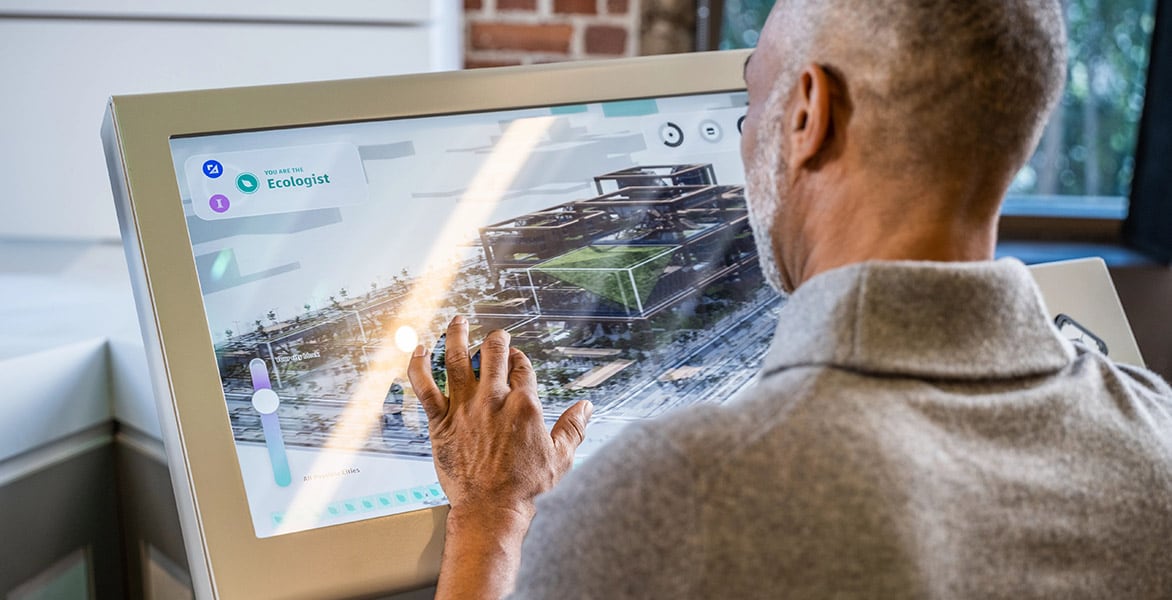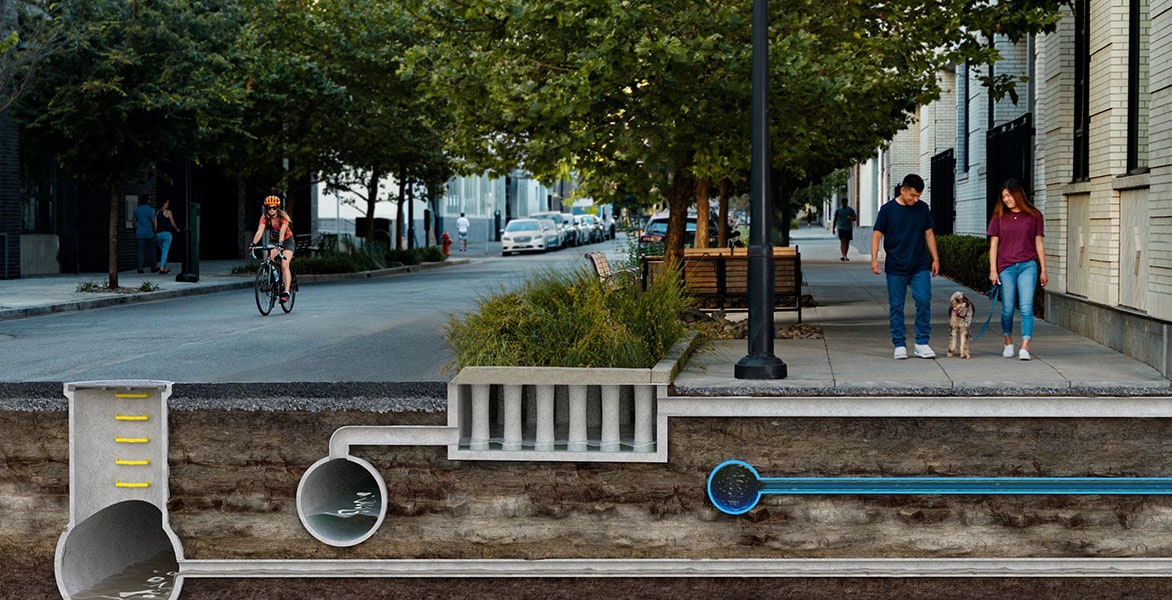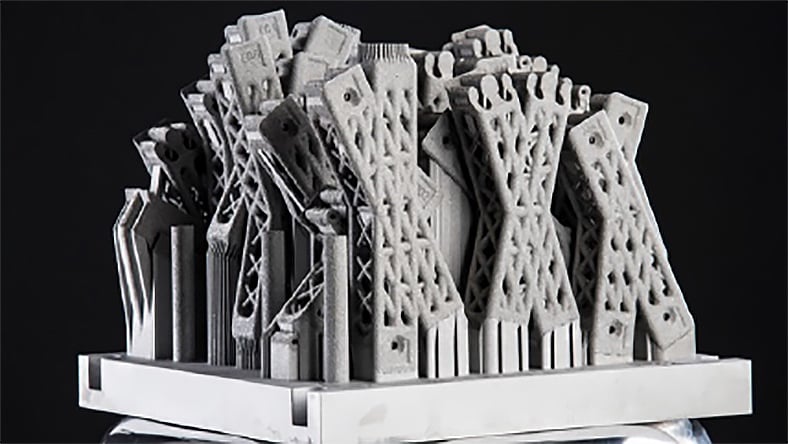Urban planning and urban design typically share a common objective of shaping functional and resilient urban spaces, though they approach the task from different perspectives and at different scales.
Urban planners are responsible for planning large-scale residential, commercial and industrial areas. They also establish policies and regulations for a city, helping put building codes and plans for long-term land use in place that will further guide designers and architects.
Once an area has been planned, urban designers begin the technical work of planning for smaller, individual city features, such as public spaces, streets, buildings and the interaction among all these elements in those spaces. They are more concerned with the function and identity of a space.
In short, urban planning takes place at a more strategic level, whereas urban design is more detailed, focused on forming how the planned area will look and function.
Urban planners and urban designers are working towards creating a city or community that is resilient, sustainable, and attractive to residents, workers, visitors, and businesses.










